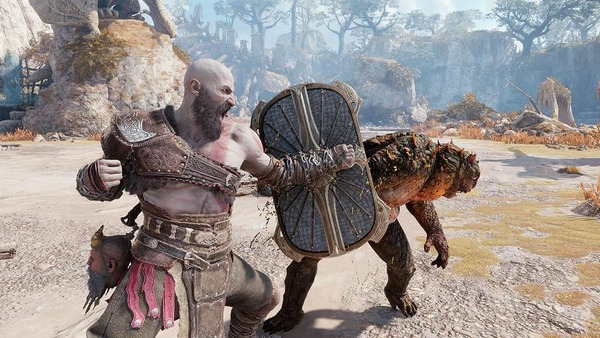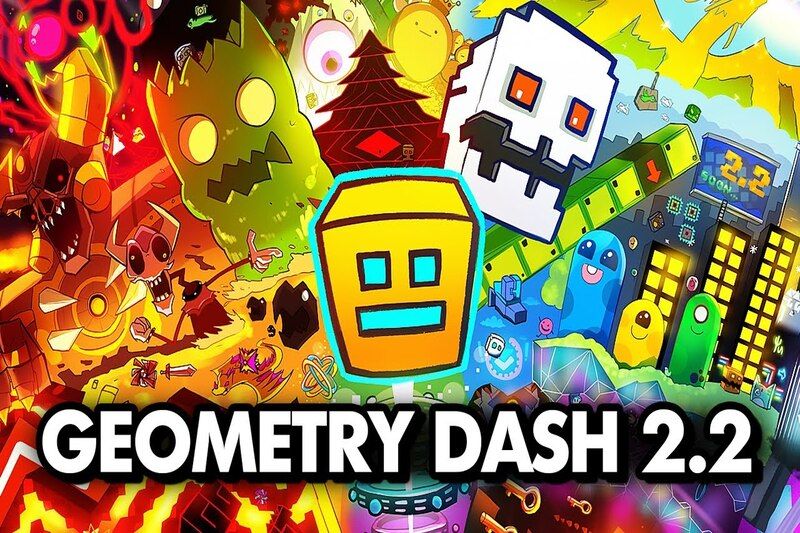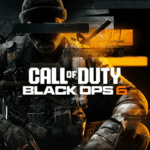Advertisement
Popular Now
Among Us, developed by InnerSloth and released in 2018, has become a cultural phenomenon, captivating millions with its simple yet intricate social deduction gameplay. Set in a sci-fi universe, the game pits Crewmates against Impostors in a battle of wits, strategy, and deception. Crewmates must complete tasks while identifying Impostors, who aim to sabotage and eliminate them undetected. While the game’s charm lies in its accessibility and social dynamics, a critical issue underpins its core mechanics: information asymmetry. This article delves deeply into how information asymmetry shapes gameplay, influences player behavior, and defines the strategic depth of Among Us, exploring its evolution, impact, and potential solutions over time.
Information asymmetry occurs when players have unequal access to critical information, such as who the Impostors are or what actions others are performing. This imbalance drives the tension and excitement of Among Us but also creates challenges, such as mistrust, miscommunication, and unbalanced gameplay experiences. By examining this issue through a chronological and thematic lens, we uncover how InnerSloth has addressed it, how players adapt, and what it reveals about the game’s enduring appeal.
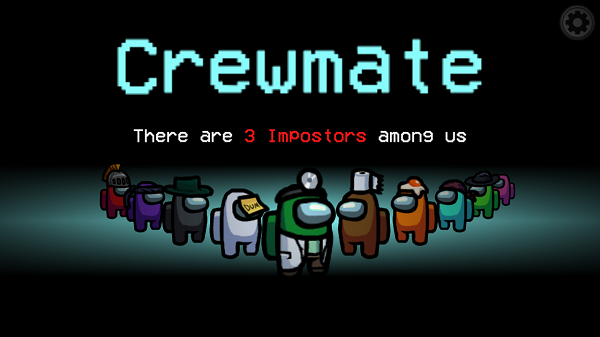
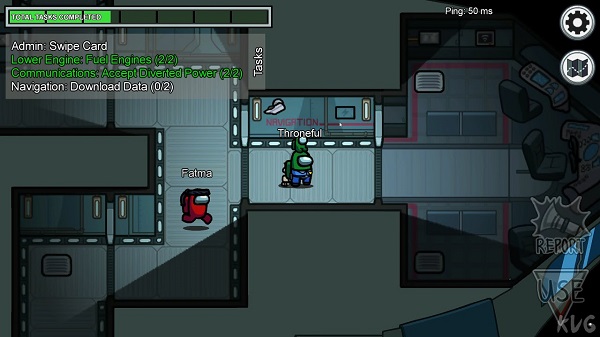
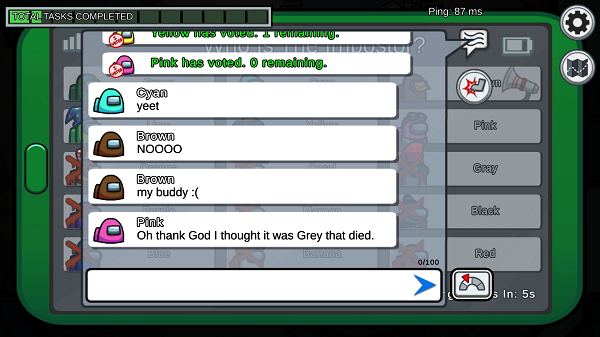
The Genesis of Asymmetry: Early Design Choices (2018)

Laying the Foundation for Deception
When Among Us launched in June 2018, its core mechanic revolved around a deliberate imbalance of information. Crewmates were tasked with completing objectives on maps like The Skeld, unaware of who among them was an Impostor. Impostors, conversely, knew their allies and could manipulate the game through sabotage and deception. This design choice created a thrilling dynamic where Crewmates operated in a fog of uncertainty, relying on observation and deduction to survive.The Role of Silence
The game’s initial design prohibited communication during the main gameplay phase, forcing players to gather information through visual cues alone. For example, seeing a player vent or witnessing a kill provided rare moments of certainty in an otherwise ambiguous environment. However, this silence amplified information asymmetry, as Impostors could exploit the lack of communication to blend in, while Crewmates struggled to share suspicions without concrete evidence. The absence of voice chat in public lobbies further intensified this issue, as text-based discussions during meetings were often chaotic and limited.Early Player Struggles
- Limited Evidence: Crewmates had few ways to confirm others’ actions, making accusations risky.
- Impostor Advantage: Impostors’ knowledge of their role gave them a strategic edge in manipulating narratives.
- Server Instability: Early server issues sometimes disrupted meetings, further limiting information sharing.
The Rise of Popularity: Asymmetry in the Spotlight (2020)
The Viral Surge
By 2020, Among Us exploded in popularity, fueled by Twitch streamers and YouTubers. The game’s social deduction mechanics, amplified by voice chat platforms like Discord, brought information asymmetry into sharp focus. Players now had more tools to communicate, but the core issue persisted: Impostors held more information than Crewmates, creating a power imbalance that defined the game’s tension.The Confirm Eject Dilemma
The “Confirm Eject” setting, introduced early on, became a focal point for discussions about asymmetry. When enabled, it revealed whether an ejected player was an Impostor, providing Crewmates with valuable information. However, disabling it plunged Crewmates back into uncertainty, as they couldn’t confirm if their votes were correct. This setting highlighted how game design could modulate information flow, with significant implications for strategy and trust.Strategic Implications
Disabling Confirm Eject forced Crewmates to rely on probabilistic reasoning, while Impostors could sow doubt by falsely accusing others. This dynamic made every vote a high-stakes gamble, amplifying the psychological depth of the game but also frustrating players who felt powerless without clear feedback.The Discussion Phase: A Double-Edged Sword
The Power of Meetings
Emergency meetings and body reports are the primary mechanisms for Crewmates to combat information asymmetry. These moments allow players to share observations, but the limited time and potential for deception mean that information is often incomplete or misleading. Impostors can exploit this by deflecting blame or creating false alibis, further deepening the asymmetry.Voice Chat vs. Text Chat
The rise of voice chat in 2020, particularly through Discord, transformed how players addressed asymmetry. Voice chat allowed for nuanced communication, such as tone and urgency, but also introduced new challenges. Dominant speakers could control narratives, while quieter players struggled to contribute, skewing the information flow. Text chat, while more egalitarian, often led to chaotic discussions where key details were lost.Challenges in Public Lobbies
- Trolling: Players could spam or mislead in text chats, obscuring valuable information.
- Language Barriers: Global lobbies often mixed players with different languages, complicating discussions.
- Time Constraints: Short meeting timers limited thorough analysis, favoring Impostors.
Updates and Adjustments: InnerSloth’s Response (2020-2021)

Introducing New Roles
In 2021, InnerSloth introduced roles like Engineer, Scientist, and Guardian Angel to address asymmetry. The Scientist, for instance, could access vital signs to monitor players’ status, giving Crewmates a tool to gather information. However, these roles were optional and not universally adopted, meaning their impact on asymmetry was inconsistent.Anonymous Voting and Task Bar Changes
The 2020 beta update introduced Anonymous Voting, which hid who voted for whom, aiming to reduce meta-gaming tactics like vote-stacking. Similarly, hiding the task bar during gameplay prevented Impostors from easily identifying inactive players. While these changes aimed to balance information, they sometimes frustrated Crewmates who relied on voting patterns or task progress to make informed decisions.Mixed Outcomes
While these updates gave Crewmates more tools, they didn’t fully resolve the asymmetry. Impostors still held the advantage of knowing the truth, and new roles added complexity that could overwhelm inexperienced players.Game Theory and Asymmetry: A Strategic Perspective
Nash Equilibrium in Among Us
Game theory provides a lens to understand information asymmetry in Among Us. As noted in analyses from 2020, the game resembles a multiplayer Nash equilibrium where players must optimize strategies based on incomplete information. Crewmates aim to complete tasks or identify Impostors, while Impostors focus on sabotage or deception. The asymmetry ensures no single strategy dominates, as players must constantly adapt to new information.Dominant Strategies
- Crewmate Strategy: Focus on task completion to reduce Impostor opportunities, but this risks ignoring suspicious behavior.
- Impostor Strategy: Sabotage critical systems (e.g., oxygen or reactors) to force Crewmates into predictable patterns, exploiting their lack of information.
Psychological Manipulation
Impostors often use psychological tactics, such as gaslighting or feigning innocence, to maintain their informational advantage. This dynamic makes Among Us a study in human behavior, where trust and deception collide.The Social Dimension: Asymmetry in Human Interaction

Trust and Mistrust
Information asymmetry fosters a culture of mistrust, as Crewmates must question every action. This social dynamic is both the game’s strength and a source of frustration. Players who excel at reading social cues can mitigate asymmetry, but those less adept may feel alienated, especially in public lobbies where anonymity exacerbates mistrust.The Role of Friendship
Playing with friends on voice chat reduces asymmetry slightly, as familiarity allows players to detect behavioral anomalies. However, it also heightens emotional stakes, as accusing friends can strain relationships, adding a layer of complexity to the information game.Technical Limitations: Amplifying the Issue
Server and Lobby Issues
Early server instability and clunky lobby systems exacerbated information asymmetry. Disconnections during meetings could prevent critical information from being shared, while the lack of a quick-match feature meant players often joined lobbies with unfamiliar settings, complicating strategic planning.The Rage-Quit Problem
Players quitting after being caught as Impostors or losing early disrupted information flow, as Crewmates lost opportunities to confirm suspicions. InnerSloth’s failure to implement penalties for quitting, as noted in IGN’s 2020 review, highlighted how technical issues could worsen asymmetry.Community Adaptations: Player-Driven Solutions
Meta-Gaming Tactics
The Among Us community developed creative ways to counter asymmetry, such as using visual tasks (e.g., medbay scans) to confirm Crewmate status or tracking player movements through security cameras. These tactics, while effective, required coordination that was often absent in public lobbies.Custom Rules and Mods
Players introduced house rules, like requiring Impostors to fake tasks convincingly or banning certain strategies (e.g., self-reporting). Mods like Proximity Chat added new layers of information, allowing players to overhear nearby conversations, but these were not officially supported and risked unbalancing the game further.Community Strategies
- Buddy System: Pairing up to monitor each other’s actions, reducing Impostor opportunities.
- Task Tracking: Noting who completes visual tasks to narrow down suspects.
- Discord Integration: Using voice chat to share real-time observations, though this favored organized groups.
The Cultural Impact: Asymmetry as a Narrative Driver
Memes and Social Media
The 2020 surge in Among Us’ popularity spawned a meme culture centered on phrases like “sus” and “emergency meeting.” These memes reflected how players grappled with information asymmetry, turning uncertainty into humor. Social media amplified the game’s appeal but also highlighted its challenges, as players shared stories of betrayal and mistrust.Narrative Fatigue and Simplicity
As noted in a 2020 WIRED article, Among Us’ lack of a deep narrative allowed players to focus on gameplay over story, making asymmetry a feature rather than a flaw. The game’s simplicity let players project their own stories onto the experience, with asymmetry driving emergent narratives of deception and deduction.The Future of Asymmetry: Where Among Us Goes Next
Balancing the Scales
InnerSloth’s cancellation of Among Us 2 in 2020 to focus on the original game showed a commitment to refining existing mechanics. Future updates could introduce roles or settings that give Crewmates more information without undermining the game’s core tension. For example, a role that reveals one Impostor’s identity at a cost could shift the balance while preserving deception.Lessons for Game Design
Among Us demonstrates that information asymmetry can be a powerful tool for engagement, but it requires careful calibration. Future social deduction games could learn from Among Us by offering scalable settings that adjust asymmetry based on player skill or preference, ensuring accessibility for casual players and depth for veterans.Potential Improvements
- Dynamic Information Systems: Tools like real-time task progress trackers for Crewmates.
- Anti-Troll Measures: Penalties for rage-quitting or disruptive behavior to maintain information flow.
- Customizable Asymmetry: Settings to adjust information availability, such as partial role reveals.








